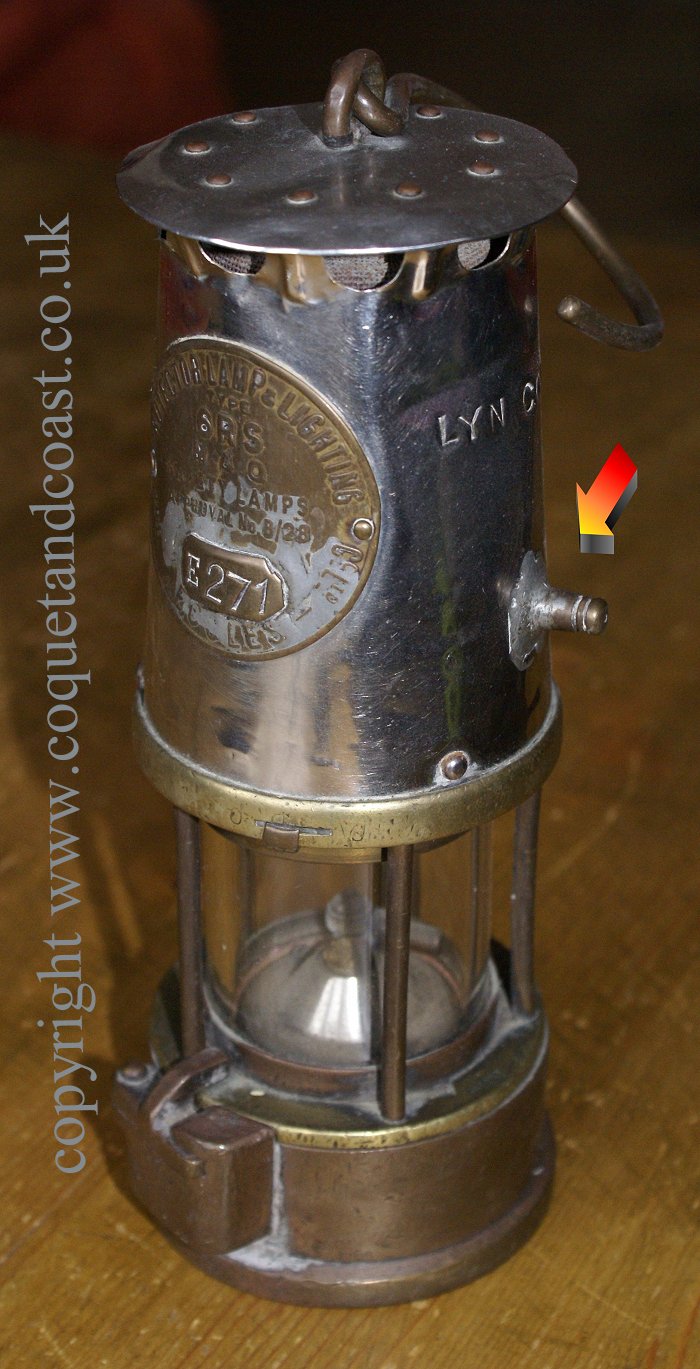Just reading the details of the Shilbottle explosion (1940). The source of the gas was a fault or slip near the caunch.
Can anyone remember the area of Whittle that was left to flood during the '84 strike? When this area was pumped out a slip in the roof shed some stone and started to leak methane. I don't think it ever stopped and it was cemented up with methane drainage pipes put in.
I can remember when this was discovered and being with a deputy one weekend shift when he put his safety lamp probe* up into that hole and aspirated some of the gas down to his lamp. - Most interesting.

[* The deputy's flame safety lamp has a nipple on the side to which a rubber tube can be fit- this tube would connect to a aspirator bulb and a probe, or long tube, that the deputy could reach into awkward or difficult to reach places. Pumping the aspirator bulb would suck in a sample of mine air and pass it into the flame safety lamp. The expert eye of the deputy would then assess the behaviour of the flame. You can accurately judge quarter percent increments of methane in the air by this method.]
Below: a flame safety lamp from Lynemouth Colliery with a gas sampling nipple attached.
